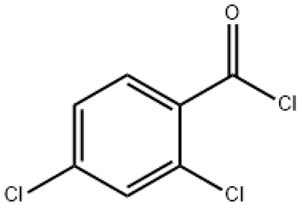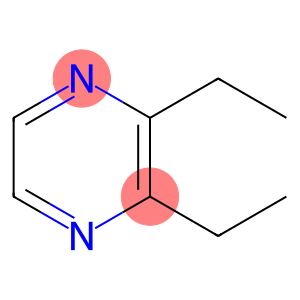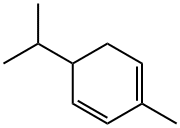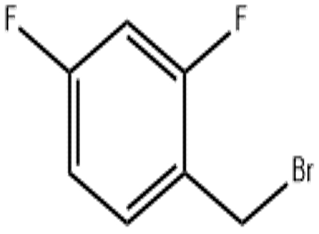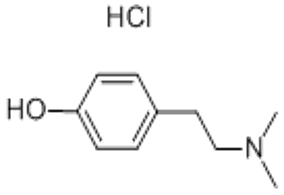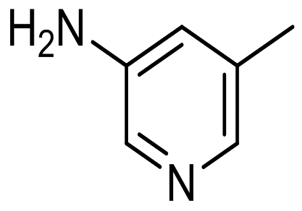Methylenediphenyl diisocyanate(CAS#26447-40-5)
| Hazard Symbols | Xn – Harmful |
| Risk Codes | R20 – Harmful by inhalation R36/37/38 – Irritating to eyes, respiratory system and skin. R42/43 – May cause sensitization by inhalation and skin contact. |
| Safety Description | S23 – Do not breathe vapour. S36/37 – Wear suitable protective clothing and gloves. S45 – In case of accident or if you feel unwell, seek medical advice immediately (show the label whenever possible.) |
| UN IDs | UN 2811 |
Introduction
Xylene diisocyanate.
Properties: TDI is a colorless to light yellow liquid with a strong pungent odor. It can be soluble in organic solvents and reacts with many organic substances.
Uses: TDI is mainly used as a raw material for polyurethane, which can be used to produce polyurethane foam, polyurethane elastomer and coatings, adhesives, etc. TDI is also used in areas such as automotive seating, furniture, footwear, fabrics and vehicle coatings.
Preparation method: TDI is generally prepared by the reaction of xylene and ammonium bicarbonate at high temperature. Specific reaction conditions and catalyst selection can affect the purity and yield of the product.
Safety Information: TDI is a hazardous substance that is irritating and corrosive to the skin, eyes and respiratory tract. Long-term exposure or exposure to large amounts can cause respiratory damage, allergic reactions, and skin inflammation. When using TDI, appropriate precautions should be taken, such as wearing protective eyewear, gloves and respirators. When storing and handling TDI, avoid contact with fire sources and operate in a well-ventilated area. In industrial production using TDI, the relevant safety operating procedures and regulations need to be strictly adhered to.



